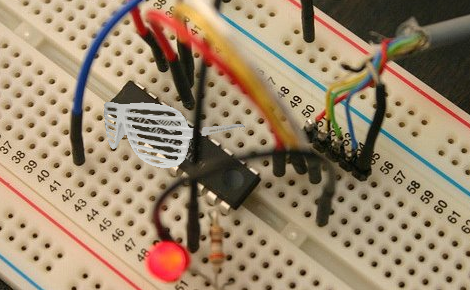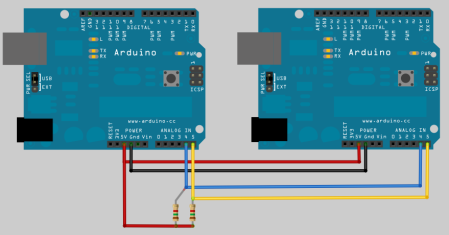
[Paul] was looking to spice up his holiday decorations this year, so he picked up some GE Color Effects lights and started hacking away.
We’ve already seen how hacker-friendly these LED bulbs are, which is why [Paul] decided to give them a try. His ultimate goal was to synchronize several sets of lights from one location, which would unfortunately require that he run wires from his control board to each of the strings.
He then decided to go a different route, and build his own control board that would work as a drop-in replacement for GE’s controller circuitry. He wanted to retain the wireless control aspect of the lights, so he picked up some RFM12B wireless modules which happen to be well-supported by the folks at JeeLabs.
He modified their JeeNode board design to fit it in the Color Effects electronics enclosure, paring it back to the minimum components necessary to control his lights.
The hardware side of the ColorNode is complete, but the software is a work in progress. [Paul] says that once he gets things wrapped up, he will make the code available on his site.

















